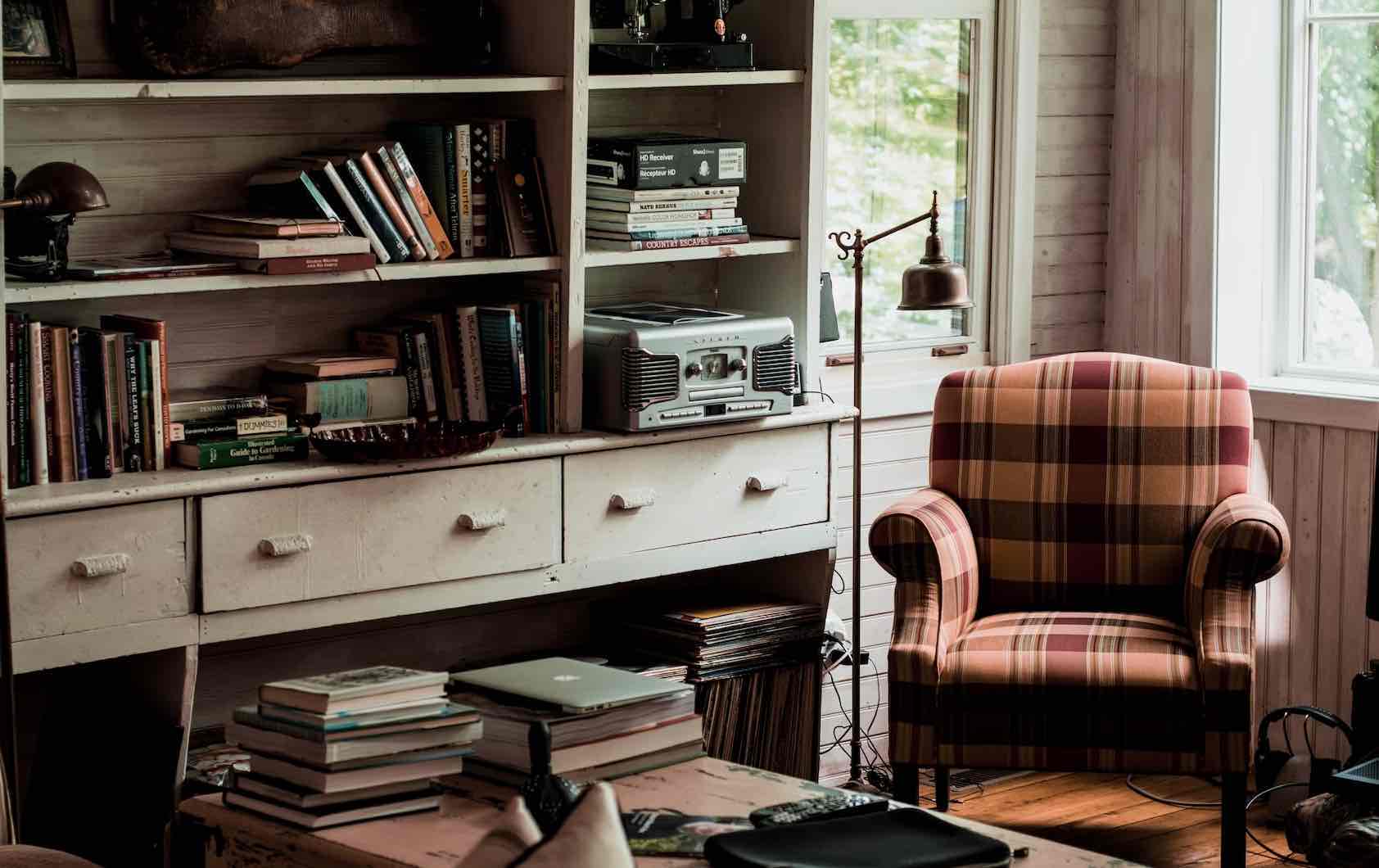
21 Jun Streamline Water Damage Restoration: Removing Damaged Materials from Your Home
If your home has suffered water damage, you should remove the damaged materials immediately to avoid further degradation and minimize the risk of mould growth.
This blog will provide practical ideas and steps to help you streamline the water damage removal process. By removing damaged material efficiently, you can pave a way for effective restoration. This will ensure the safety of your home.
Safety should always be your first priority before removing damaged material. Wear the appropriate protective gear to shield you from contaminants and harmful substances. This includes gloves, goggles, a mask, etc. Switch off electricity in the area to reduce the risk of electric hazards.
Water damage can be assessed by identifying the affected materials and assessing the extent. Water damage may not be visible. To detect hidden pockets, use thermal imaging cameras or moisture meters. Concentrate on walls, ceilings flooring, insulation, furniture and other areas.
Prioritize Removal
Prioritize removing materials that have the greatest risk of leaking or are saturated with water. Wet drywall should be the first thing to be removed, followed by carpeting and insulation. Be sure to pay attention to any areas where you suspect mold growth, like behind baseboards and under flooring.
Use Strategic Demolition Techniques
Strategic demolition techniques can be used to speed up the removal of damaged material. Instead of removing entire drywall sections, make strategic cuts. This reduces the amount of time and work required to restore. Be careful to not damage the unaffected area during removal.
Proper Disposal
Recycle damaged materials responsibly. You can check with local waste management services or adhere to local regulations regarding proper disposal. Renting a dumpster may be necessary if the damage to your home is severe.
Salvage and clean
Not all materials require total removal. Recycle and clean any salvageable materials, like furniture, cabinets or surfaces that are not porous. Dry and disinfect the items thoroughly to prevent mold. Professional restoration or cleaning may be needed for items such as upholstered furniture and those with a lot of water absorption.
Address Structural Elements
If water damage has damaged structural components, such as beams and joists that support the home, you should consult a professional structural engineer. They will assess the damage and make recommendations for repairs or replacements.
Monitor for Moisture & Mold
After removing the damaged materials, check for any signs that mold growth or residual moisture may be present. Moisture meters and humidity sensors can be used to check that the space has dried completely before beginning restoration. If you find mold, contact a specialist in mold remediation to determine the best remediation method.
Summary
In the process of water damage restoration, removing damaged materials plays a vital role. Prioritizing safety while removing damaged items, cleaning and salvaging salvageable items and addressing structural elements will streamline the removal process.
The proper disposal of materials, and the constant monitoring of mold and residual moisture are also important. Always seek professional assistance to ensure thorough restoration. This will minimize future damage. Follow these tips and ideas to efficiently remove damaged material and prepare for a successful restoration.
